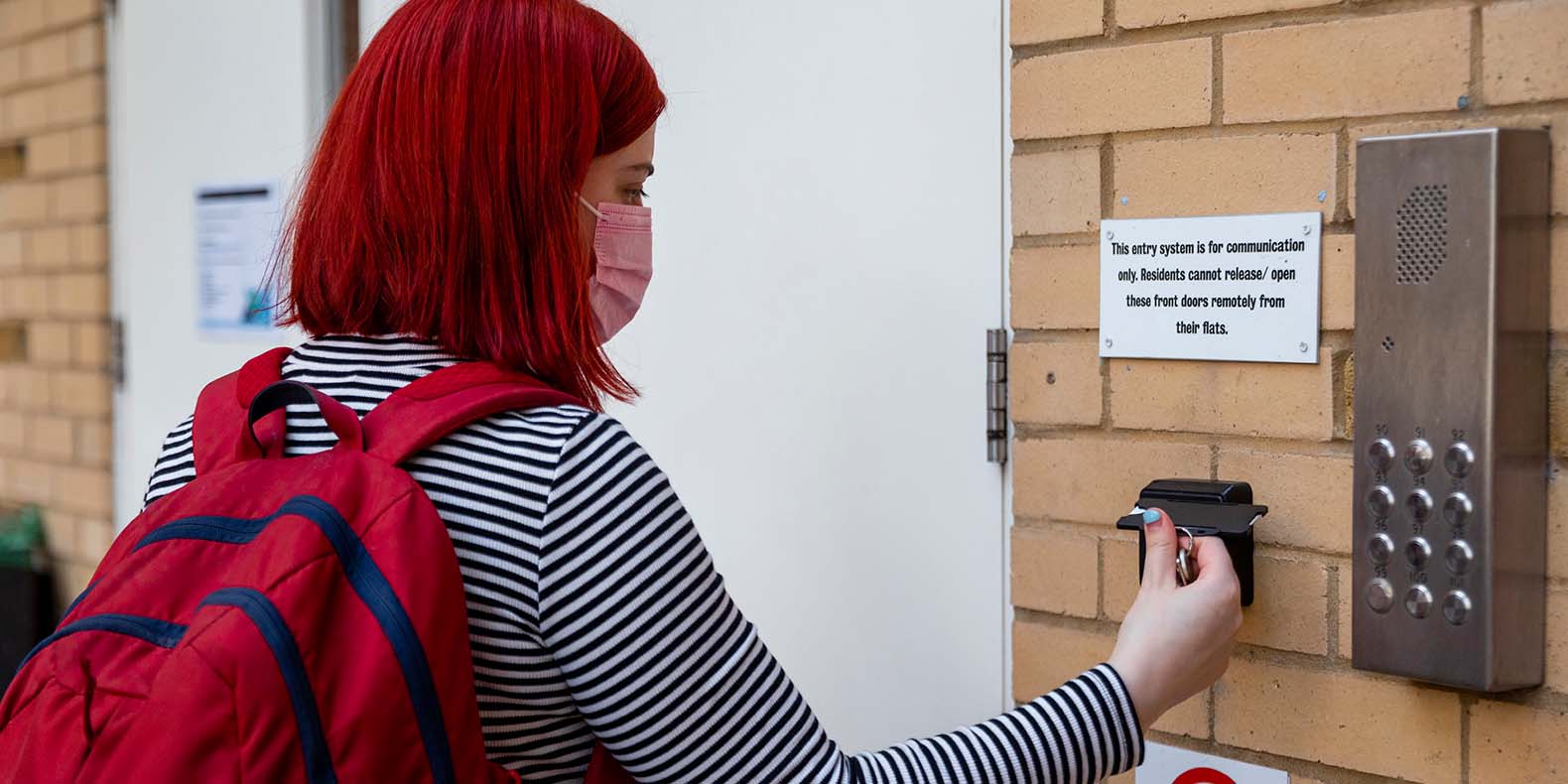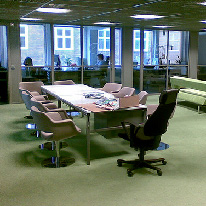This post was originally published on December 27, 2018 and has been updated for accuracy and comprehensiveness.
Lost or stolen medical equipment can represent substantial costs to the healthcare industry each year. In just one instance of theft, thieves entered a Pennsylvania hospital, broke into a locked supply cabinet and stole $450,000 worth of medical equipment—likely to resell on the black market.
Medical equipment theft impacts everyone. Not only does it lower profit margins and raise supply costs for healthcare institutions, but it also can impact patients, clinicians and staff who need immediate access to the medical equipment.
These considerations are especially important in the wake of the COVID-19 pandemic, when U.S. hospitals are seeing steep and continuous declines in financial well-being. Also, in the immediate aftermath of the COVID-19 outbreak in the U.S., many hospitals reported rampant PPE theft among staff and patients, which contributed to losses and left hopsital personnel in harm’s way.
Because of the severe consequences to theft, medical center officials must take the proper precautions when securing and locating equipment. Here are three solutions that can help your healthcare facility protect its resources, using technology as a “force multiplier” to safeguard your orgnaizations assets and technology.
Access Control
Controlling who can access certain resources is the first step to securing medical equipment. Whether equipment is stored in cabinets, closets or operating rooms, access control technology limits accessibility to only authorized individuals.
With access control, you’re able to restrict areas of your institution with customized credentials, including:
- Biometric readers.
- Intercom systems.
- Key access cards.
- Photo identification.
- Card reader technologies.
With proper planning and installation, medical facilities can gain control over who is entering and leaving specific areas for improved medical equipment security.
Video Surveillance
Strategically placed surveillance cameras can improve overall security and enhance expensive medical equipment’s visibility. Consider using multiple cameras and a central monitoring system so your security staff can remotely monitor different views of your storage rooms via desktop, tablet or smartphone.
However, due to privacy concerns, there may be places where cameras cannot be installed. Before implementing surveillance cameras at your healthcare facility, create the policies and procedures to use and operate your video surveillance system and understand the legal considerations and liabilities.
Monitored Alarms
Medical institutions can be busy places, and sometimes security practices get lost in the rush. Monitored alarm systems and various detectors let you identify security risks—including unauthorized access to medical equipment storage closets.
Different type of monitored alarms include:
- Intrusion alarms: Around-the-clock monitoring ensures appropriate authorities are notified if a break-in occurs.
- Motion sensors: Instantly detect if someone has accessed or entered a restricted area, such as your medical supply storage closet.
Cyber Security
Securing medical equipment goes beyond the tangible too. Recent news has exposed the vulnerabilities of personal medical devices, such as pacemakers, being susceptible to hackers. The truth is, any Wi-Fi enabled device—including monitors, scanners, wearable devices, ultrasound machines and more—can be a target of hacking without cybersecurity strongholds.
The best way to truly guarantee cyber security and to prevent information theft is to work with a trusted network security vendor. Together, you can create safeguards like:
- Implementing a managed firewall and/or managed broadband solution.
- Utilizing wireless protected access (WPA).
- Isolating mission-critical IoT devices to a secondary network.
- Encrypting all network communications to keep data secure.
- Creating a cyber security policy, and continuously revising it.
Medical equipment theft impacts you and your patients. Don’t wait until it’s too late. Contact a trusted security professional for a to ask solution and technology questions, and to develop a customized plan tailored to your facility’s needs.



